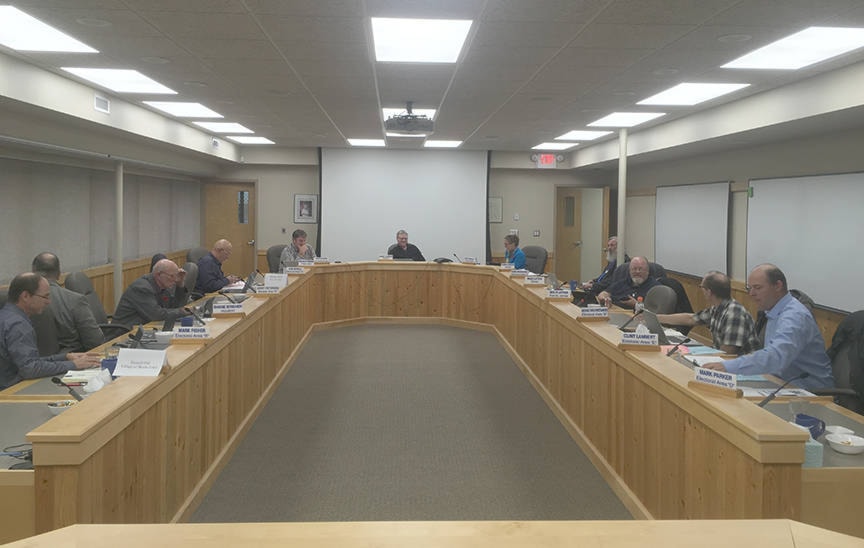Exploring local food availability
The Regional District of Bulkley-Nechako (RDBN) is allocating $100,000 towards increasing the availability of local food items.
The initiative comes in the form of two study projects which will each receive $50,000. The RDBN approved them at its board of directors meeting on Nov. 7.
The first will explore possibilities for increasing food and agriculture opportunities in forests.
The Non-Timber Forest Products Study would work with Indigenous communities and agricultural producers to expand the availability of forest products like saps and syrups, fruits, herbs, edible flowers, aromatic oils, nuts, mushrooms, wines, biofuels and other organic items.
The second study will look into forming food hubs, which are intermediaries connecting small scale farmers and ranchers with buyers like restaurants and hospitals and consumers.
“Food hubs help small farms grow by offering a combination of production, distribution and marketing services. They help farmers gain access to larger markets so they can focus more on farming and less on marketing, distribution, etc,” according to a RDBN memorandum.
For both studies, the RDBN hopes to hire contractors to start by January of 2020 and conclude the projects with actionable points by December of next year.
The funding would come out of the RDBN’s Environmental Services Capital Reserves.
The RDBN has prioritized the availability of local food and in the summer launched its Connecting Producers and Consumers Program that offered as much as $1,100 to community events that included local food producers.
READ MORE: RDBN pushes local food in new grant program
Grant allocations
The RDBN board has budgeted $627,752 for environmental projects.
Almost half of that budget ($300,000) will be allocated for retrofitting the RDBN’s administrative headquarters in Burns Lake.
That work could include modifications to the entrance and reception area, updating the building’s audio visual equipment and information technology and phone system, or possibly replacing the furnace.
A spare Bobcat vehicle for transfer stations in the regional district will be purchased for $75,000. It will be used wherever it is needed.
For the creation of new septage receiving beds in the Burns Lake Transfer Station and at the Knockholt landfill, $50,000 will be set aside. The beds are designed to store solid waste pumped out from the septic systems of rural residents.
“Sometimes they let one dry out and scrape out the material and put it into the landfill,” said Curtis Helgesen, Chief Administrative Officer of the RDBN. “They were finding that with the volume coming in from rural areas they had to make some modifcations and expansions.”
And a total of $202,752 will be earmarked for capital projects of Environmental Services in 2020.
The allocations come out of the $100 million Northern Capital and Planning Grant, announced by the NDP government in February. The RDBN’s share of the grant was $5.8 million.
LOOK BACK: Burns Lake gets $3.4 million in infrastructure grant
The board of directors decided that 30 per cent of the total grant ($1.7 million) would be spent on region-wide projects, such as recycling, internet connectivity, emergency planning and others. The remaining 70 per cent (just over $4 million) would be doled out to services in each of the seven electoral areas according to population size and fixed amount.
Smithers Rural (Electoral Area A) is due to receive the highest amount of $946,919. The lowest amount of $402,861 will go to Houston Rural (Area G).
Blair McBride
Multimedia reporter
Send Blair an email
Like Lakes District News on Facebook
